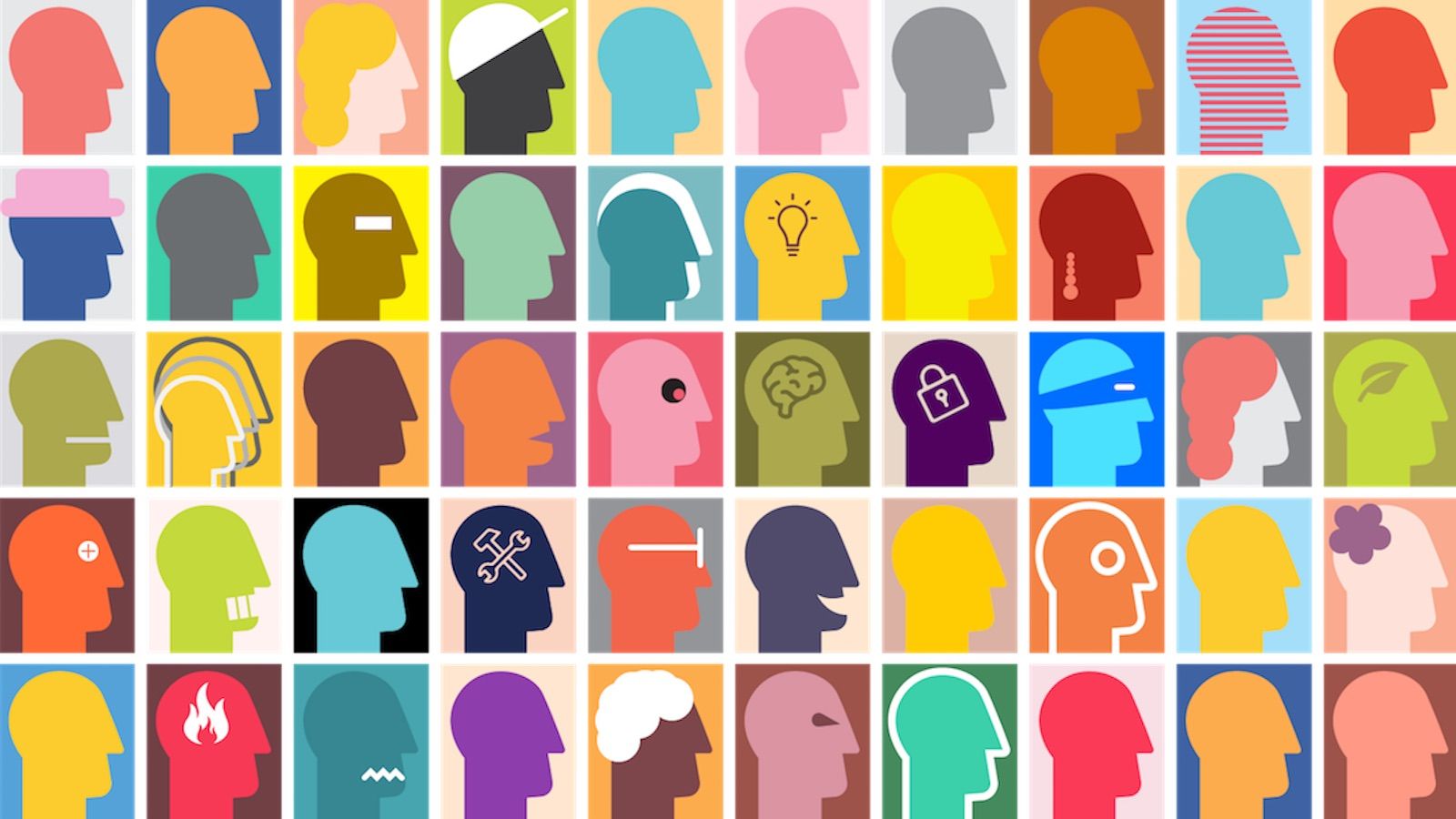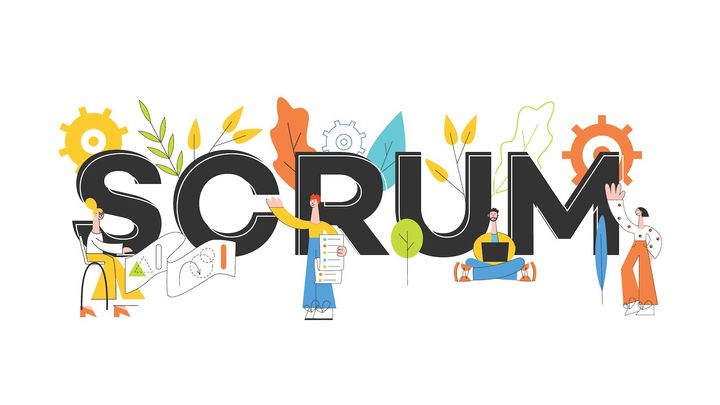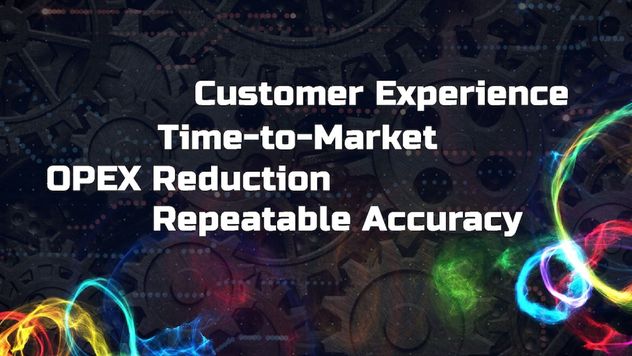
His name is David…not Tom, not John, and definitely not Donald! He is in his early forties, a technophile, practical in nature, and employed as a Senior Manager. He enjoys buying new gadgets, but being a homebody doesn’t eat out, nor travel for vacations. Yet, his shopping app kept sending him options on where to dine out today and where to take his next vacation.
After patiently ignoring it for a month, he finally uninstalled the app and now goes around sharing his negative sentiments on how poor his experience was. The irony – app creators convinced David enough to get him to download the app, but either missed gathering enough information about him during registration, or never bothered analyzing his behavioural data. Result – a lost opportunity for loyalty and advocacy because they failed to recognize him as an individual and personalize his experience and customer journey to suit his needs and preferences.
Let’s be honest, David is not the only one out there who seems to be getting frustrated. Even you and I expect to be recognized as individuals. Even more so, when there is enough proof advocating benefits of personalized marketing – it’s critical for current and future success; it improves brand loyalty and customer experience; it influences what customers purchase and drives revenue; it raises conversions; it has a higher click-through rate than traditional ads and so on…yet, many brands are failing to prioritize it.
Thanks to AI-driven automation platforms, many of us are progressing well into achieving personalization through UX and UI. I carefully used the words “progressing well into achieving personalization” because personalization is clearly – a continuous process – and not just a one-time effort.
Trying not to sell you a platform here, in a nutshell, automation platforms take signals from multiple data sources including location, demographic, psychographic, behaviour, lifestyle, interests, device, and browser information etc. Analyze customer patterns, do the segmentation, evaluate intent, and trigger next best recommendation based on an individual’s needs, preferences, and expectation from the customer journey.

But collecting information from these data sources and analyzing them is the heavy lifting intelligent algorithms will do for us. What should we be doing to ensure success in the personalization process to create an unforgettable customer journey?
Here’s my list of quick reminders
Data Sources
It all starts with understanding the evolving needs, lifestyle, social, and behavioural patterns of our customers throughout their journey. So, let’s ensure all data sources are integrated, to achieve a unified view. This sets the foundation for segmentation exercises and mapping of customer journeys, and without it, we won’t get far.
Micro Segmentation
This is a crucial exercise, where we define users in segments such as demographics, geography, behaviour, lifestyle and then feed our personalization platform. Here on, with the help of the platform, we will drill down these segments into micro-segments for e.g., behaviour (usage patterns, price sensitivity, etc.). We’ll have greater success if our one-to-one marketing and UX or UI efforts are based on the value and relevance of these micro-segments.
Customer Journey
Mapping customer journeys is only the beginning. We have to keep working our way towards optimizing and improving customer experience in real-time, throughout the journey. Remember, we need to win all stages and ultimately reward our efforts by achieving loyalty and advocacy.
Key Moments
Like they say, “we live in the moment” …be ready to catch that key moment in real-time. As soon as our customer sends out a signal of their intent, our library of content should be ready to match the context and trigger right away for best results.
Mobile Experience
Prioritize mobile-first experience. Customers expect always-on, frictionless digital experience across touchpoints and if we’re still struggling to create an intuitive, contextual & DIY mobile personalized experiences, then we are surely missing out…big time!
Addressable Name
Depending on the channel of engagement, start personalizing by name, it’s the very basic step. Generic greetings just don’t do it, especially when we are attempting to create personalized experiences. Let’s build an emotional connection right off the bat.
Messaging
Whatever the medium, a hint of customer knowledge in the message does improve engagement. We surely want customers to know, that we have recognized them as individuals. Be personable, but don’t scare them by displaying too much personal information. That’s still creepy.
Timing
Timing is key. Simple steps in understanding customers time zone, the best time of responsiveness, or behavioural pattern, will make a huge difference in response and message effectiveness. Our objective here is in reaching out when customers will respond most favourably.
Team
Assemble a strong dedicated team to manage personalization. It’s integral to the process. Create a team of creatives, digital marketers, and IT. Empower them with tools and decision-making authority, so that they can maintain the required agility in this process.
And last, but not the least…
Continuity
As pointed out earlier, personalization is a continuous process of learning, improving, and achieving. Don’t be shy in evaluating response, refining, and attempting again to achieve the desired results. personalized experiences is all about start small, measure, improve, and keep growing!
What’s on your list for achieving personalization?
Let’s Connect if you want to set up/improve your personalized experiences.



